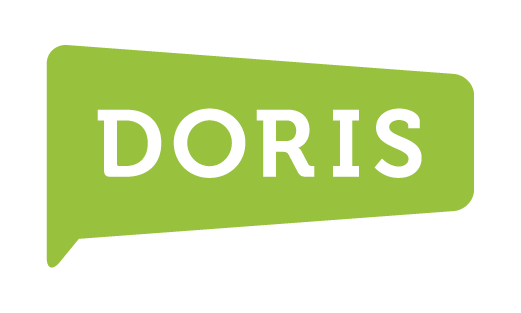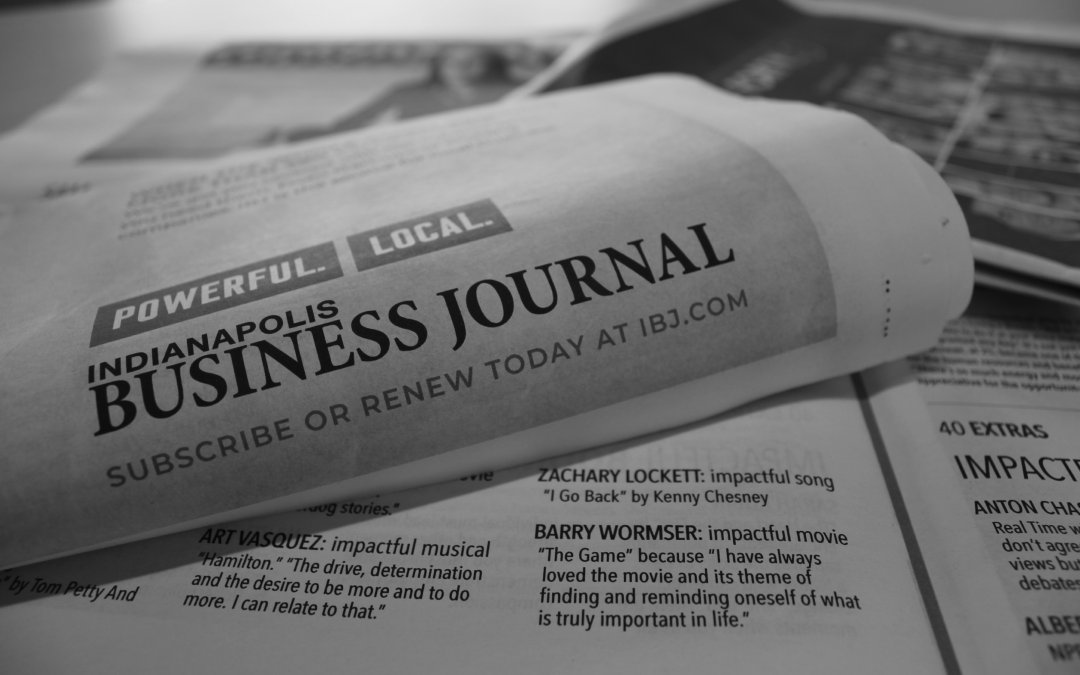I moved to Indy in 2005 and attended my first Indianapolis 500 in May 2006. I think the start of that race was the loudest moment I have ever experienced in my life. It was so loud I could feel it inside my body. We had to wear ear protection, and by the end of the race, I still had a little ringing in my ears. But, boy, was I hooked. I became Indy’s newest month-of-May super fan.
The race is loud. I think we can all agree on that, especially if we’re comparing race day to the top floor of the Central Library. But thinking about the difference between those two places gets me thinking: What is loud? And why does it matter in physical space?
Want more of Sam's wisdom?
Don’t miss a single word. Click the button below to subscribe to the IBJ for more columns like this!
When we conduct workplace research, we are often told by organizations that their open office space is loud, or that they fear making changes or creating an open office space because it might be loud.
Loud is simply a description of volume, or intensity, of sound. At DORIS, we measure “loud” during our workplace research projects by using a sound meter to track the decibel level throughout the office. On almost every project we measure, we find outputs range from 40 to 60 decibels (spoiler alert—that’s not loud). If you’re not familiar with decibel readings, there is a significant compound difference between 40 and 60.
Forty decibels is what you might experience inside a library. Sixty decibels is what you might experience inside a buzzing coffee shop. Once you get to 120 decibels or more—like a rock concert or an IndyCar race—things get dangerous. The federal Occupational Safety and Health Administration says we shouldn’t be exposed to anything higher than 85 decibels for longer than an eight-hour time frame.
Many times, in a workplace, a main source of distracting decibels is talking. The human brain is not a good listener. In fact, it’s only capable of processing roughly 1-1/2 conversations at once before it begins trying to multitask. Once two conversations are audible, your brain will instinctively try to listen to both.
This will result in failure to hear either of the conversations. That’s why people who work in an office where there’s enough background noise to mask the audibility of the conversations happening around them actually have a greater chance of focusing than their comrades in a really quiet office where one group is having a conversation.
In conclusion, sound is a complicated science, and DORIS researchers are by no means sound scientists. But we can tell you the solution is probably not putting an idling IndyCar in the middle of your office.
Instead, maybe we need to rethink the need for complete and utter silence in the open office. Loud doesn’t always mean what we think it means, and it’s definitely not always the enemy. Perhaps a solution could lie in leveraging volume in the workplace. After all, loud is the new quiet.
Published by the Indianapolis Business Journal

